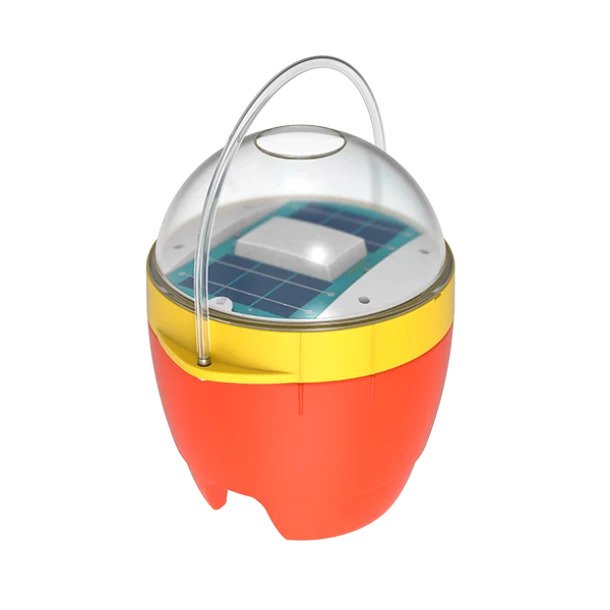Harnessing the Power of Solar Energy for Maritime Navigation
In the ever-evolving world of maritime technology, one innovation stands out as a beacon of sustainable progress: solar buoys. As we navigate the vast oceans and waterways, these eco-friendly marvels are reshaping the way we approach navigation, ensuring a brighter, cleaner future for our seas. In this article, we, the experts in SEO and copywriting, will delve deep into the world of solar buoys, their benefits, applications, and how they are poised to revolutionize maritime navigation.
The Rise of Solar Buoys
Traditional buoys, which rely on conventional energy sources, have long served as essential markers guiding ships and boats through challenging waters. However, the environmental impact of such energy sources has raised concerns about sustainability. This is where solar buoys enter the scene as an eco-conscious alternative.
Sustainable Energy at Sea
Solar buoys are equipped with photovoltaic cells that convert sunlight into electricity. This sustainable energy source powers a variety of functionalities, making them essential for modern maritime navigation. These buoys represent a significant step towards reducing the carbon footprint of the shipping industry.
The Advantages of Solar Buoys
1. Environmental Sustainability
By harnessing the power of the sun, solar buoy significantly reduce the reliance on non-renewable energy sources. This, in turn, helps mitigate the impact of maritime activities on the environment, contributing to cleaner oceans and reduced greenhouse gas emissions.
2. Cost-Efficiency
Solar Buoy, once installed, requires minimal maintenance and have no recurring fuel costs. The initial investment is offset by long-term savings, making them an economically sound choice for maritime authorities and shipping companies.
3. Enhanced Reliability
Thanks to their self-sustaining nature, solar buoys are less prone to power failures, ensuring uninterrupted maritime navigation, even in remote or challenging locations.
4. Improved Visibility
The use of LED lights in GPS Buoy enhances their visibility during both day and night, improving safety for all seafarers.
Applications of Solar Buoys
1. Navigational Aids
Solar buoys serve as vital navigational aids, guiding ships and boats through channels, dangerous waters, and designated routes. Their reliability and visibility make them indispensable tools for maritime safety.
2. Aquaculture
In the realm of aquaculture, solar buoys provide an eco-friendly solution for monitoring and maintaining fish farms, ensuring the well-being of aquatic life while minimizing the ecological footprint.
3. Environmental Monitoring
These innovative buoys can be equipped with various sensors to monitor water quality, weather conditions, and even wildlife activity, contributing to marine conservation efforts.
A Bright Future on the Horizon
As we sail into the future, solar buoys are poised to become the standard in maritime navigation. Their eco-friendly nature, cost-efficiency, and reliability make them an ideal choice for modernizing the maritime industry.
The adoption of solar buoys not only enhances safety at sea but also showcases our commitment to protecting the planet. It’s a win-win solution that benefits both industry stakeholders and the environment.
In conclusion, solar buoys are not just a technological advancement but a symbol of our dedication to sustainable maritime practices. By choosing solar buoys, we illuminate the path to a greener, cleaner, and safer future on the high seas.
Remember, the power of solar energy is not limited to our oceans; it can also transform your website’s visibility and traffic. If you want to read more information about how to boost traffic on your website,




